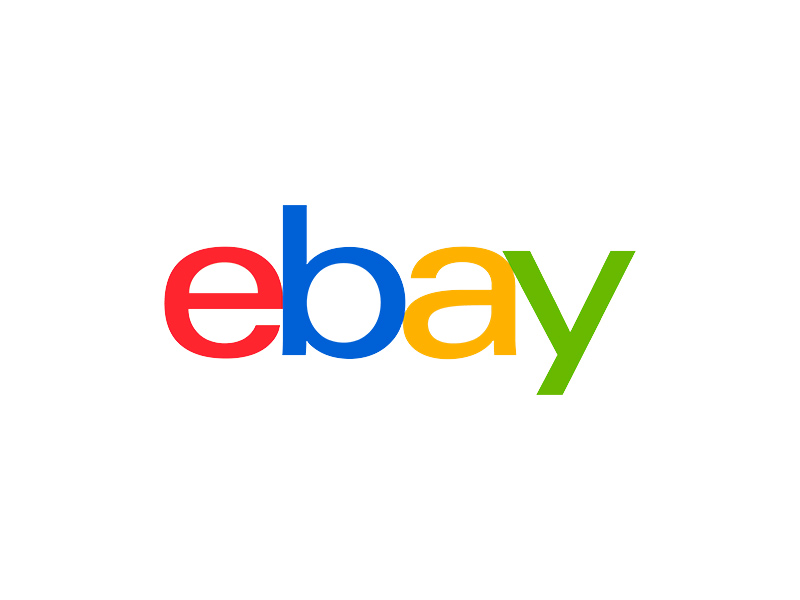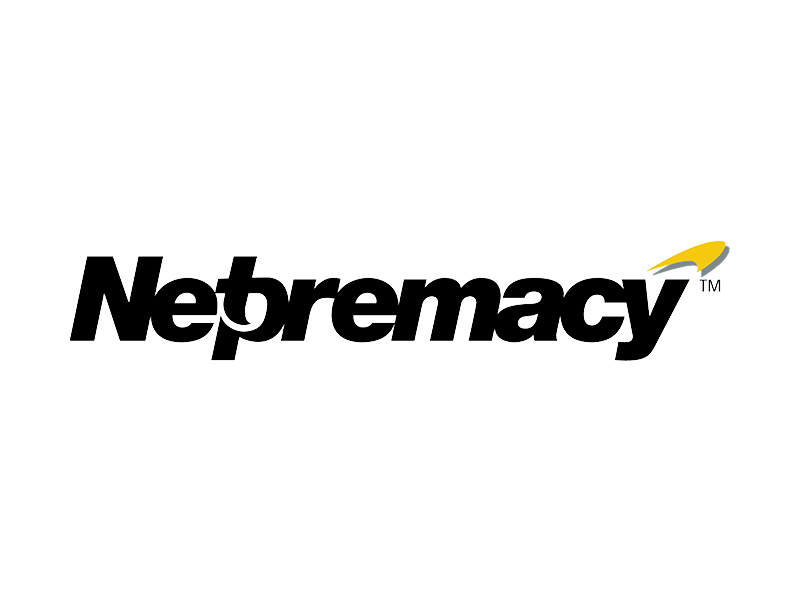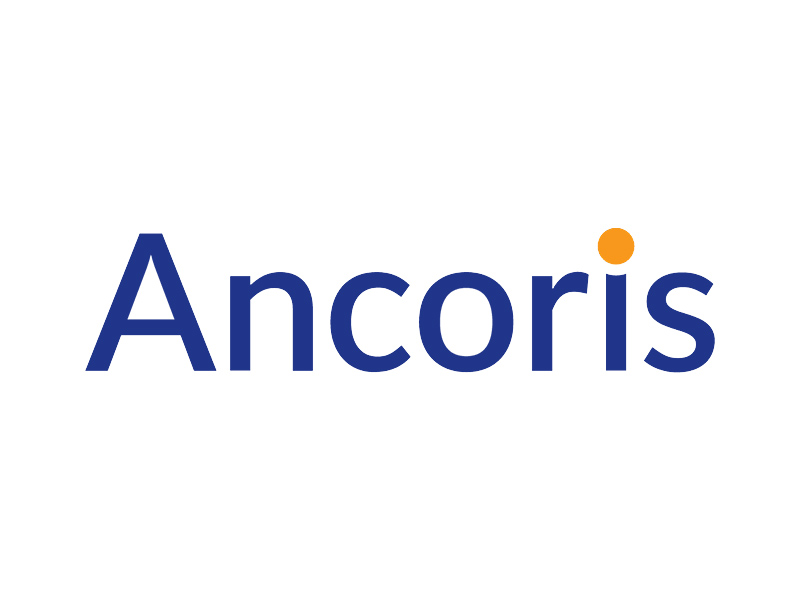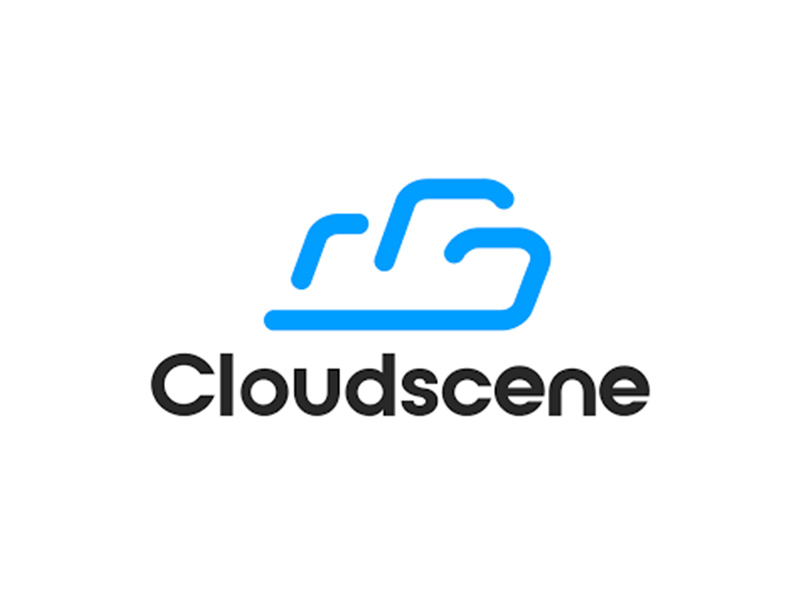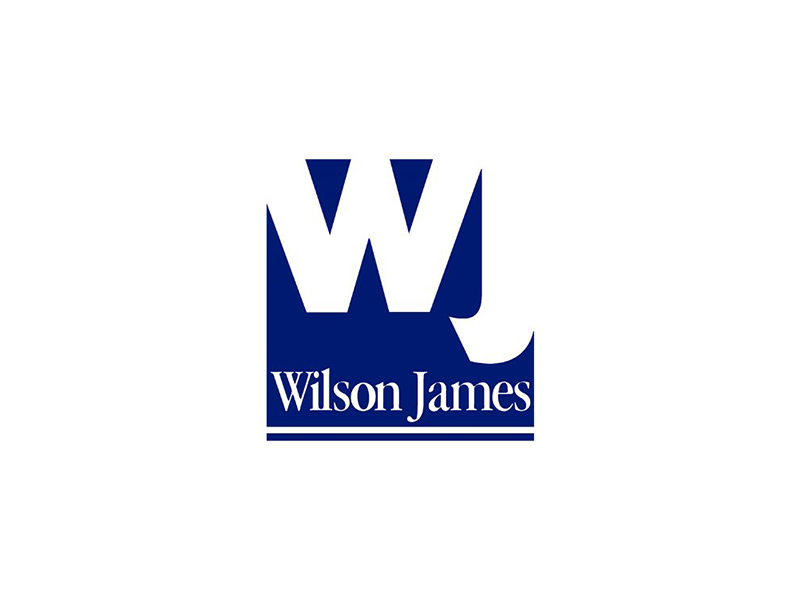What people are looking for in a brand has changed dramatically. Both customers and employees want to associate with brands who have strong values, and embracing transparency is a sure step in the right direction to providing this.
What do we mean by transparency? Open and honest, genuinely.
If you take on the idea of transparency as a marketing tactic alone, your customers and especially employees are highly likely to see through this, causing the exact opposite effect. This is a choice for the whole business, not for the marketing department alone, although it is a valuable tool to have as part of the marketing strategy.
Marketing and Transparency
Think of the brands that boast their business as being transparent; this might be through their recipe or where they source their product from, the internal environment of the brand or perhaps their goals as a company. How is your opinion affected as you feel you know more about them, the way they run their organisation and the way they treat their staff and suppliers?
Consider companies such as Innocent, who have included transparency in their management and marketing from the off – their name alone implying transparency and honesty; ‘since 1999 we’ve pushed ourselves to do business in the right way’. And then Mcdonalds who have responded to backlash against their outdated approach in a market which changed rapidly around them, and now seem to be doing transparency with the best. Approaches to transparency can differ, and companies who boast it come in all shapes and sizes, but the audiences that recent generations have created enjoy knowing the brands they’re engaging with and what they stand for.
In these instances, the push of transparency through recipes and sourcing of ingredients is a great marketing strategy, but the business must run this way. For McDonald’s, for example, the changes had to happen first for them to be able to legitimately say ‘hey, this is what we have in our meals and this is where it comes from’, therefore the transparency needs to run from the top down.

Management and Transparency
Top-down transparency begins with management style; you can’t hope to curate a strong marketing campaign promoting a transparent brand if your workforce is not experiencing this and practicing this.
When embracing transparency as a business and management structure, your top priorities may be pay transparency, transparency in recruitment, goals for the company and expectations of your staff. You might also like to increase this level of transparency through your organisation horizontally and encourage a more holistic view of the whole business’ operations; teams work more effectively together if their understanding of other teams is filled out.
You’ll gain some real benefits from adopting a more transparent management style; you get what you give, so if you’re both showing your workforce more respect by being open, and giving them more insight into how the organisation operates or how their pay hierarchy is structured, you’re likely to receive more from them in return, in terms of effort, collaboration and innovation.
With genuine transparency running through your business, you can create and market an attractive business for partnerships, clients and customers, and foster innovation in a workforce who trusts, gives their all and therefore ultimately grows.








